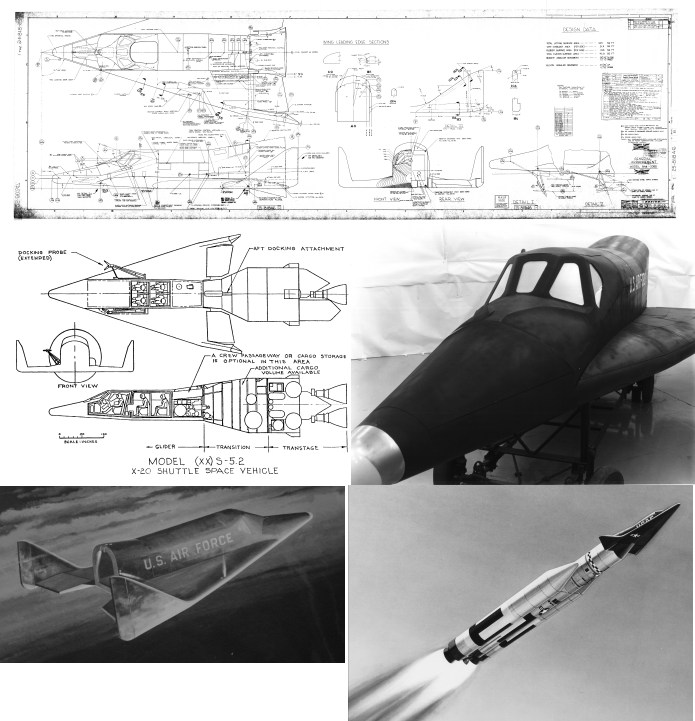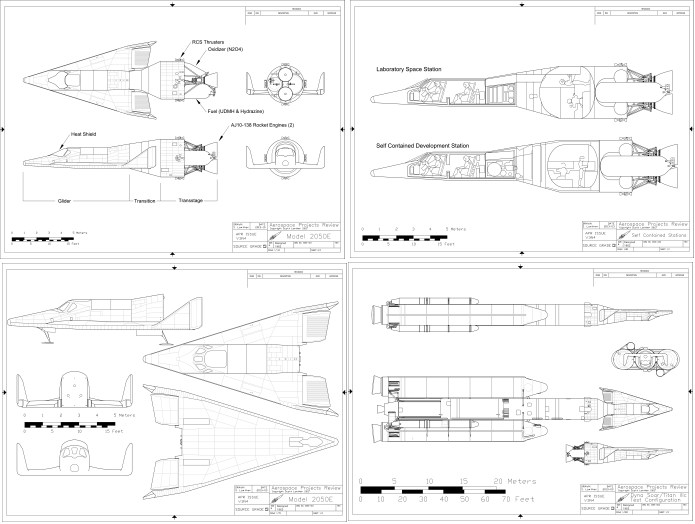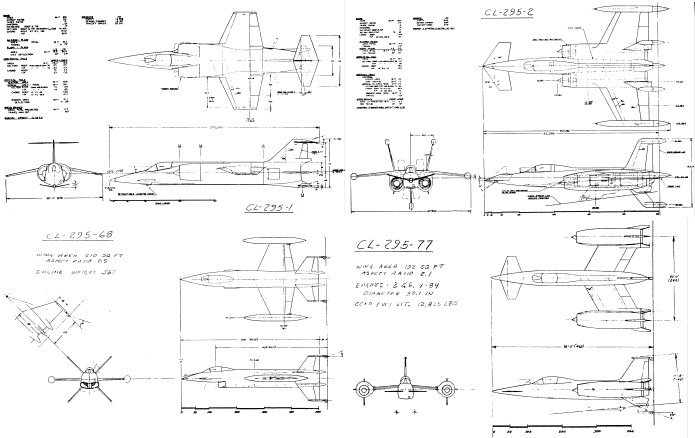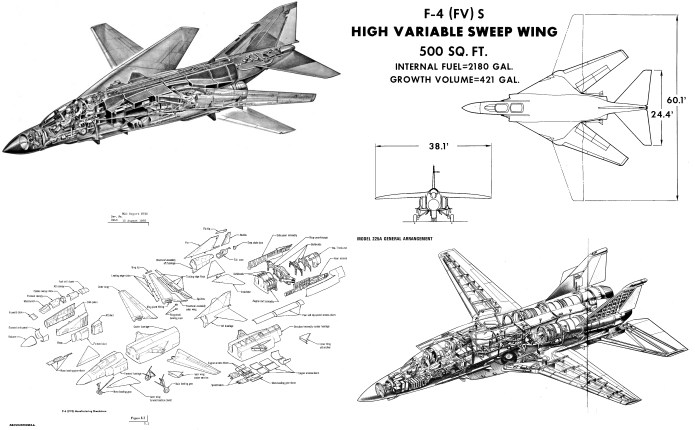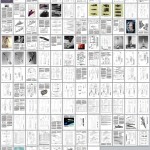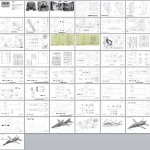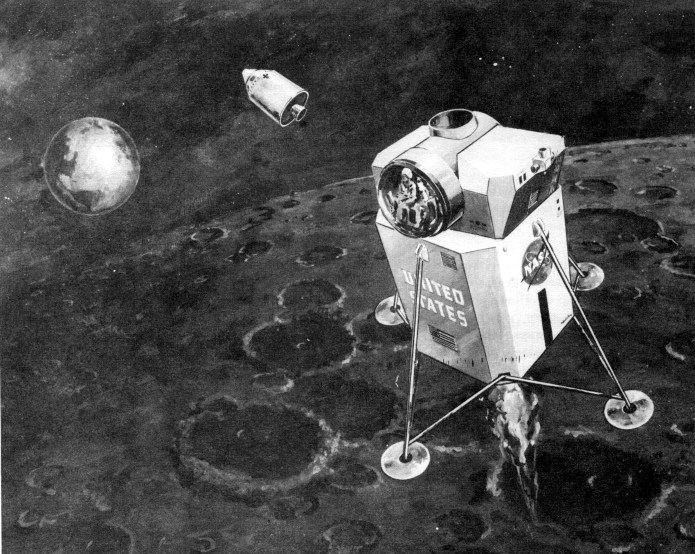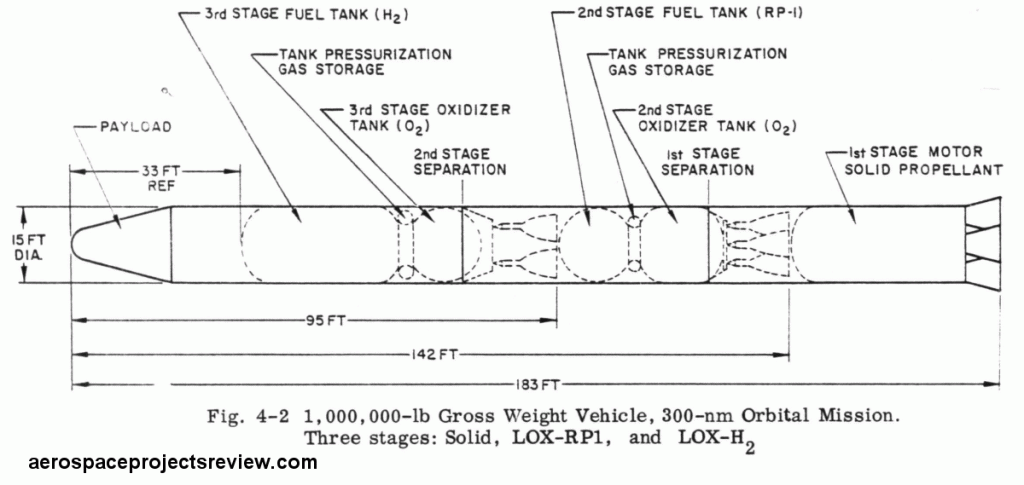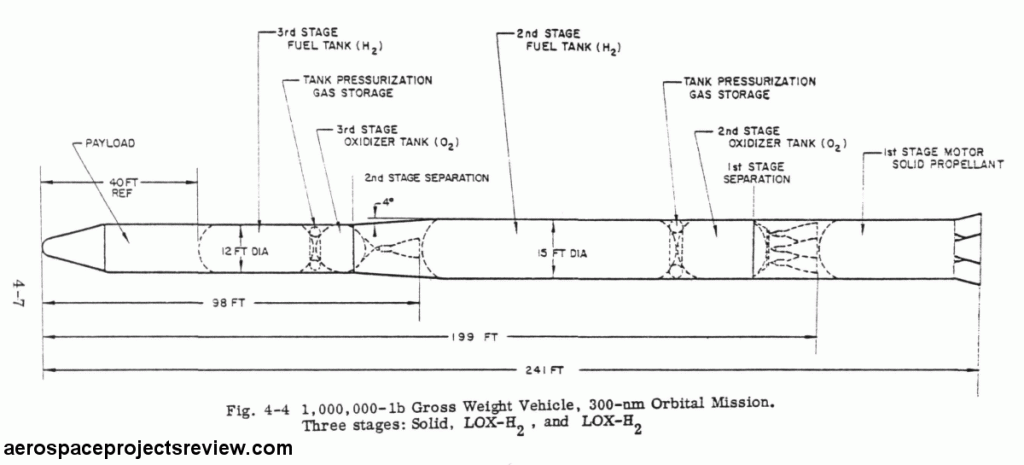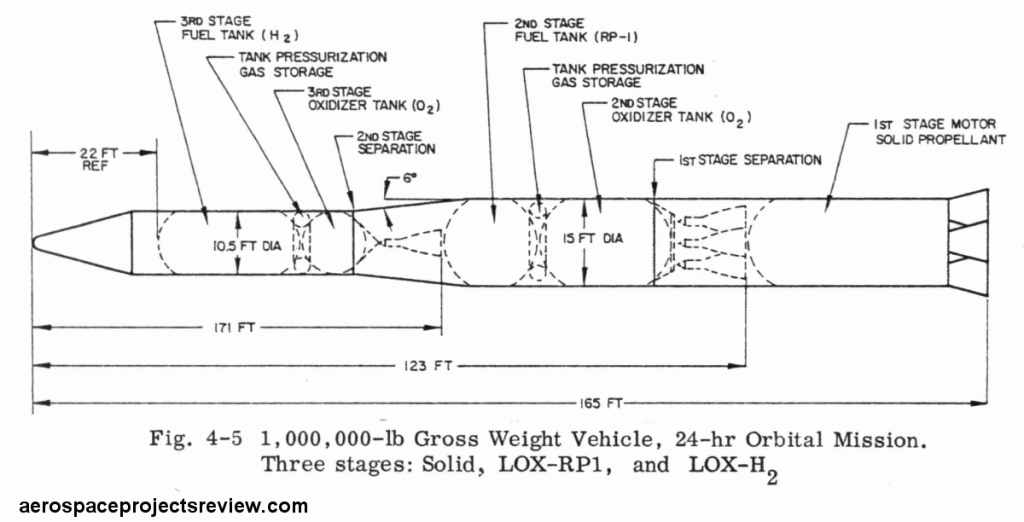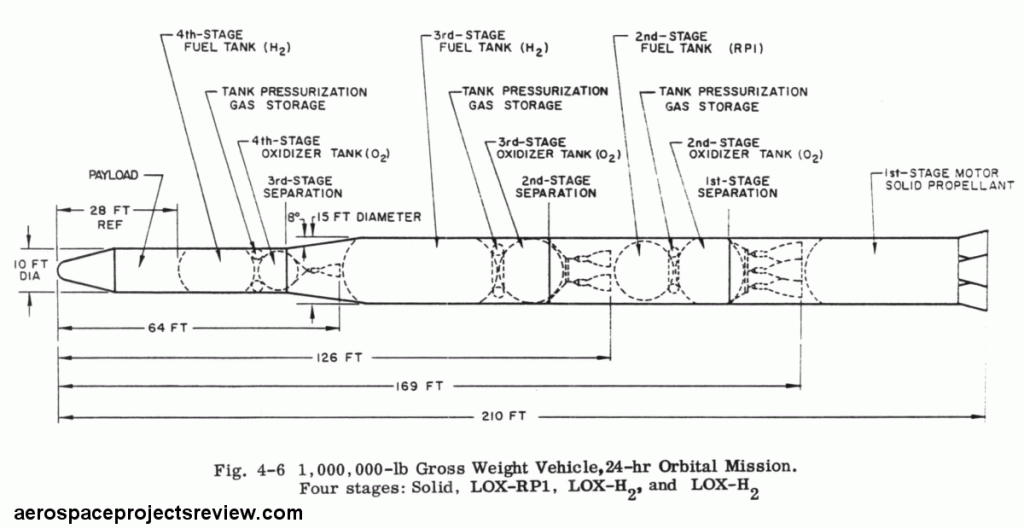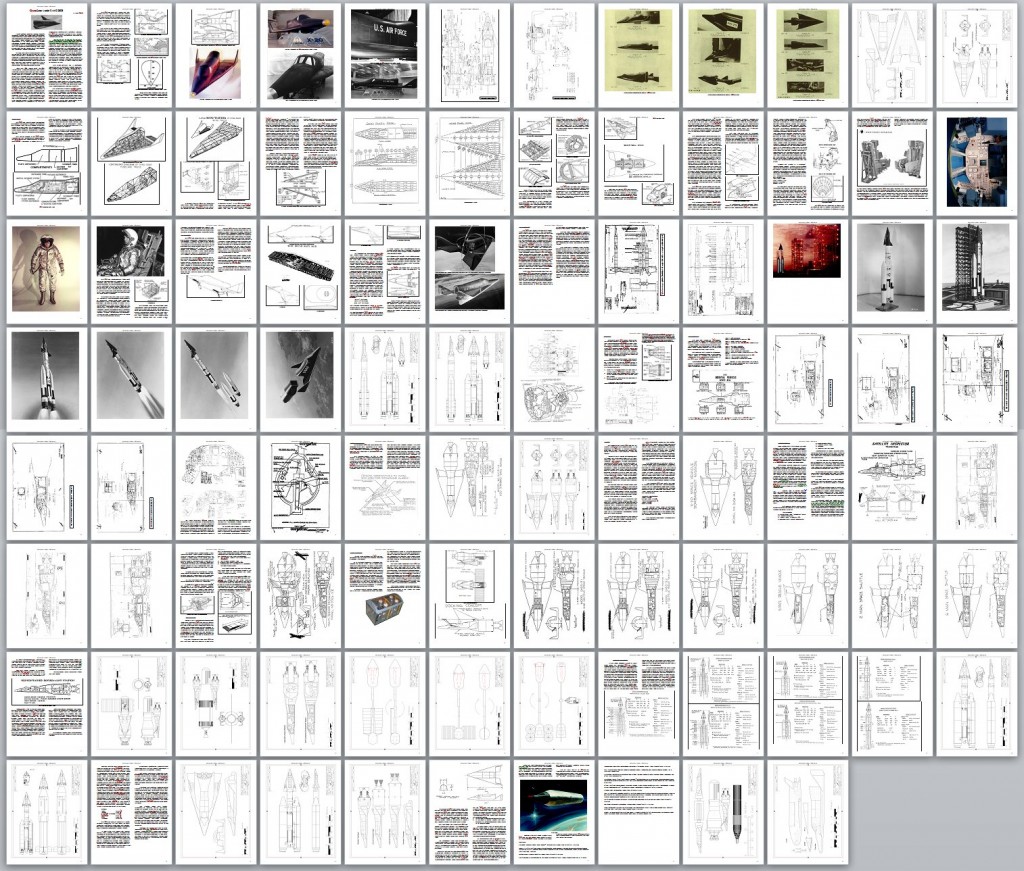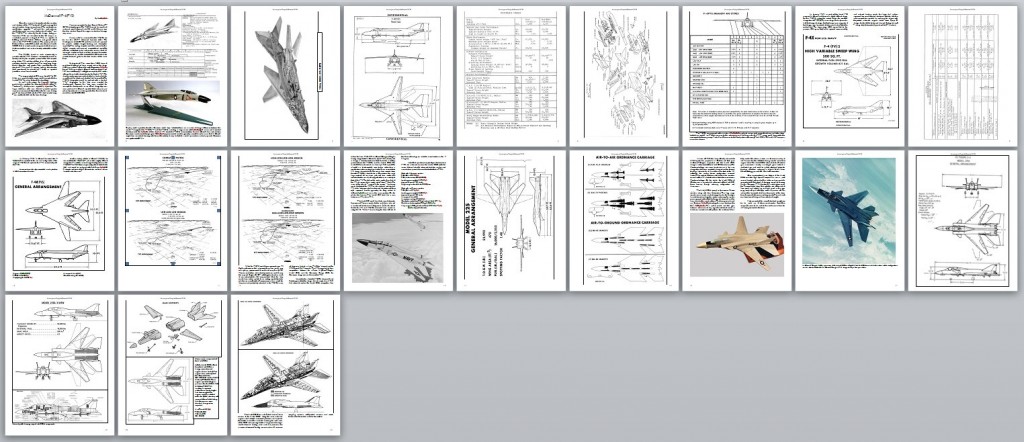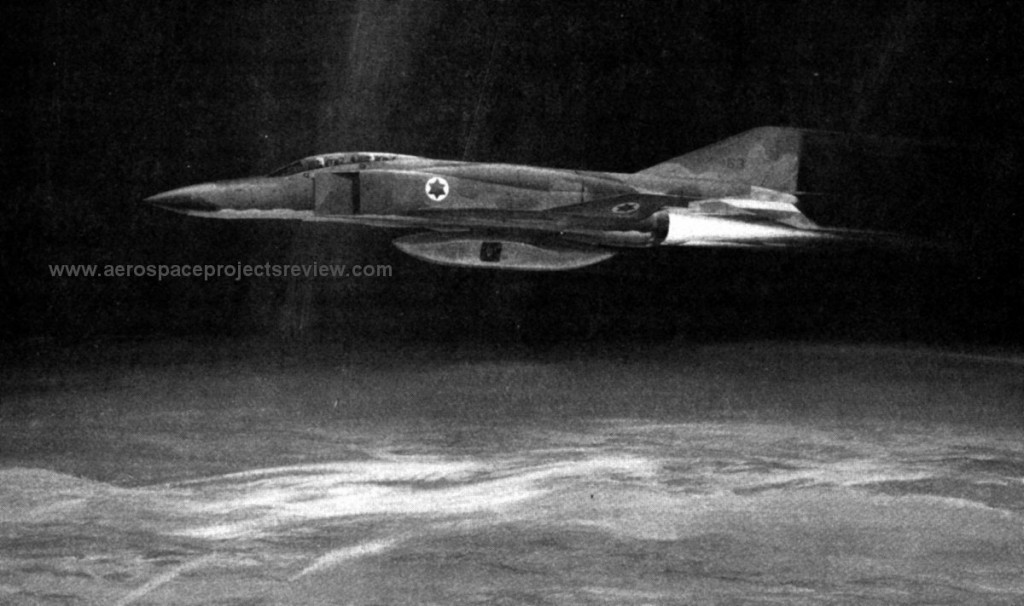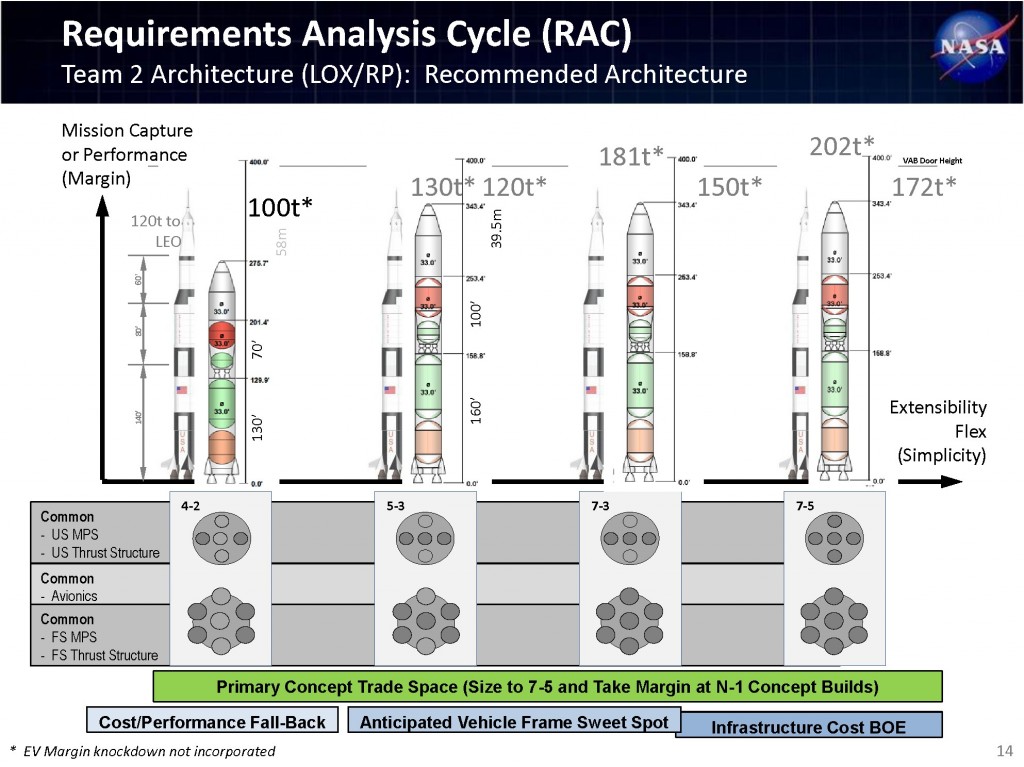The flavor of the moment in crowd funding seems to be “Patreon.” The idea is similar to Kickstarter, but instead of a person kicking in X dollars, they kick in Y dollars per month (or per some-sort-of-unit). I tried something similar a few days back with the PayPal “subscription” option next to the tip jar, to results I pretty much expected.
Searching through Patreons listings, I note a number of ‘em for blogs. So… what the heck. Is it worth contemplating for Aerospace Projects Review?
I’ve slapped together a Patreon “campaign,” but I have not yet launched it. However, I’ve stitched together the screenshots of the thing, shown below, listing the “milestones” and the “rewards” I’m considering. In short, I have a fairly good sized library of stuff I’m fairly certain would appeal to a fair number of folks, and this would be a way to get it all scanned and cleaned and posted and whatnot. The way this works, the more an individual contributes, the higher the quality of product they’ll get, and the more the total contributions, the faster the rate stuff will be put out there. The specifics might change, but I think this is a proper sort of setup.
If you have a suggestion or any sort of comment at all, feel free. Advertising, marketing, all that stuff… not my area. So if you see something stupid, or something that could be better, let me know.

